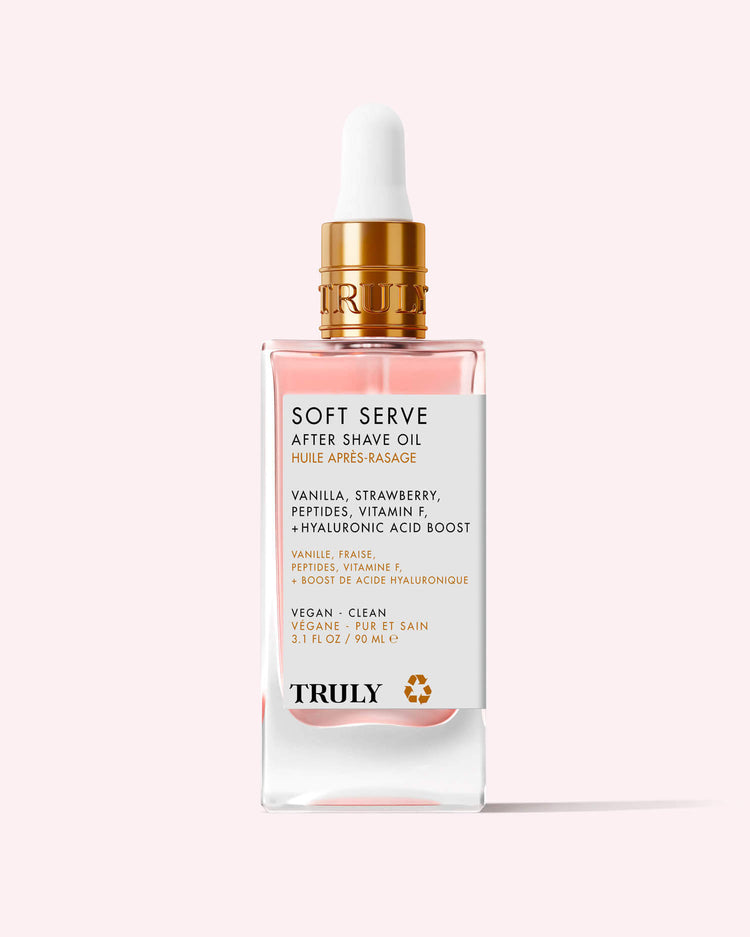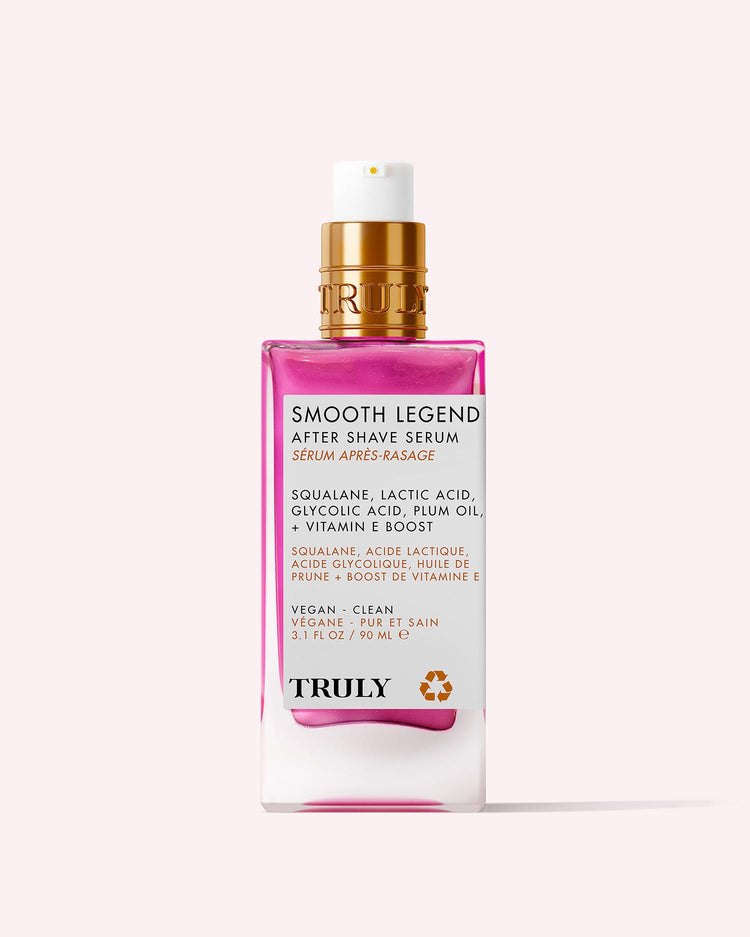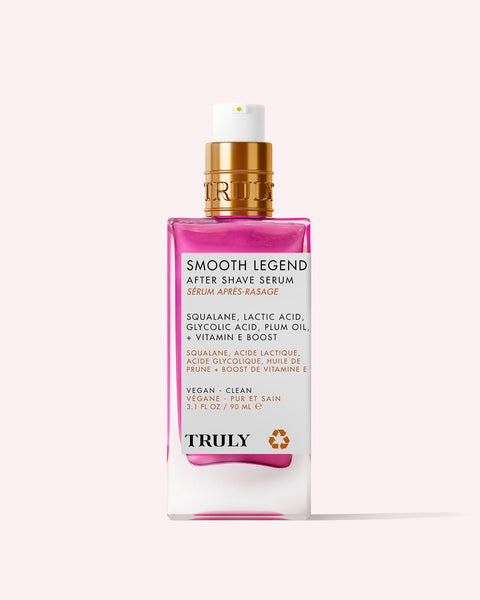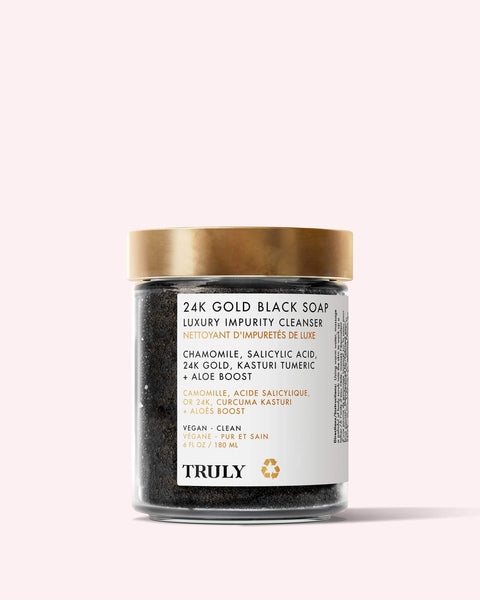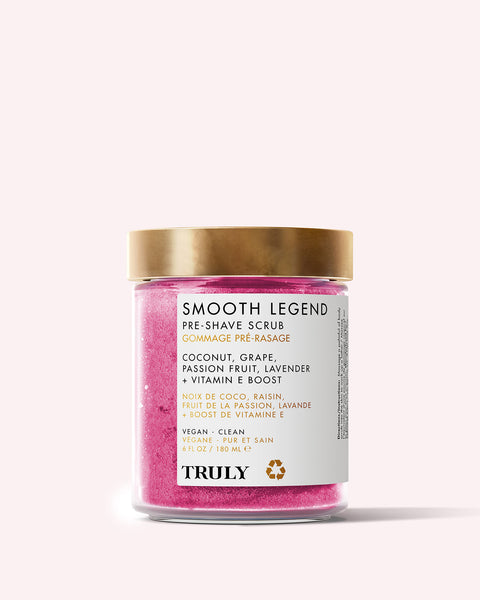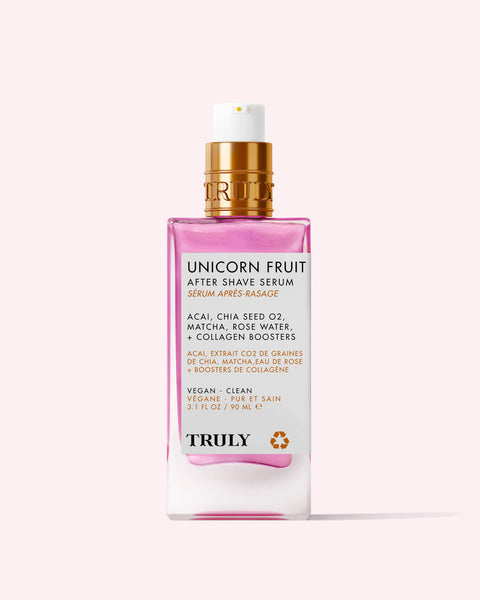How to Do a DIY Chemical Peel at Home

Discover how to do a DIY chemical peel at home for brighter, smoother, more radiant skin.
DIY chemical peels might sound a little scary but when done carefully and correctly, they offer a ton of benefits including treating acne, uneven skin texture, hyperpigmentation, and dull skin.
Want to do a DIY peel at home? Here’s how to do a DIY chemical peel with ingredients around the home for smooth, radiant skin.
What is a Chemical Peel?
Chemical peels are a skincare treatment that involves using exfoliating chemicals like alpha hydroxy acids (AHAs), beta hydroxy acids (BHAs), or enzymes to remove the top layers of the skin. A chemical skin peel removes dead skin cells, helping to treat acne scars, discoloration, clogged pores, and fine lines, among other skin concerns.
This treatment reveals a bright, glowing complexion almost instantly. And because it also increases cell turnover, it boosts collagen production which can further contribute to addressing fine lines and wrinkles.
Chemical peels are most commonly performed on the face. However, they can be done anywhere on the body. If you’re dealing with dark spots or acne on your body, a body peel can help.
How to Do a DIY Chemical Peel at Home
If you’d like to do a DIY skin peel at home, it’s important to understand the process and carry out the procedure with care. Here’s how to do an at-home chemical peel with the different chemical exfoliators.
#1: Lactic Acid
If you have sensitive skin, lactic acid is probably the best choice since it’s one of the milder alpha hydroxy acids. Derived from milk, lactic acid is both exfoliating and moisturizing. It offers an almost immediate brightening effect while addressing dry skin, breakouts, and hyperpigmentation.
Buttermilk is a great natural source of lactic acid. To perform a DIY lactic acid peel at home, apply two tablespoons of buttermilk to cleansed skin. Leave it to sit for 5-10 minutes, then rinse with lukewarm water and follow up with a lightweight moisturizer.
Shop Lactic Acid
#2: Salicylic Acid
Salicylic acid is a powerful beta hydroxy acid that’s best for treating acne, breakouts, clogged pores, and inflammation. It’s great for people with oily skin or acne-prone skin.
Aspirin is a great alternative to salicylic acid as it belongs to the family of compounds called salicylates (aka, the simplest form of salicylic acid).
To perform a DIY salicylic acid peel at home, crush five uncoated aspirin tablets and mix with two tablespoons of honey. Apply for 5-10 minutes, then wipe away and rinse off with lukewarm water.
Shop Salicylic Acid
#3: Glycolic Acid
Glycolic acid is one of the stronger, more potent AHAs and is typically derived from sugarcane. Known for its anti-aging and antimicrobial properties, glycolic acid helps fight fine lines, wrinkles, acne, and hyperpigmentation.
A sugar peel is a great alternative to a glycolic acid peel. To perform a DIY glycolic acid peel at home, mix two tablespoons of sugar with honey and a little water. Mix together and apply to the face. Leave it on for five minutes and rinse.
Shop Glycolic Acid
DIY Chemical Peel After Care
Chemical peels are a fantastic way to improve your skin’s texture, tackle pigmentation issues, and reduce the appearance of sun damage. Whether you’re using a DIY peel or at home chemical peel, proper aftercare is essential to maximize results and avoid irritation. Here are some tips for getting the most out of your peel.
• Moisturize: Moisturizing after a peel helps to hydrate your skin and seal in moisture while supporting the skin barrier. Opt for products enriched with antioxidants like vitamin C to combat free radicals and enhance healing.
• Always Use Sunscreen: After a peel, your skin is more vulnerable to sun damage. Apply a broad-spectrum sunscreen (SPF 30 or higher) daily, even if you’re indoors. This step is non-negotiable in your skincare routine to prevent hyperpigmentation and protect your skin from harmful UV rays.
• Skip Harsh Actives: For a few days post-peel, avoid using strong ingredients like retinol, AHAs, or BHAs. These can exacerbate redness and slow down the healing process.
Benefits of DIY Chemical Peels
DIY facial peels can work wonders for your skin. From fine lines to blemishes and uneven skin tone, chemical peels are a skincare product that does it all. Best of all, most skin types can benefit from a monthly peel. Here are the benefits of at-home chemical peels.
• Boosts Radiance: A DIY chemical peel can deliver smoother, more radiant skin after one use. They’re a great skincare treatment if you’re looking to glow for a big event or your skin just needs a little TLC.
• Stimulates Collagen: Chemical peels increase cell turnover, which boosts collagen production, helping to minimize fine lines and wrinkles.
• Unclogs Pores: By removing dead skin cells, DIY peels unclog pores which helps clear up and prevent blackheads, whiteheads, and blemishes.
• Brightens Dark Spots: DIY chemical peels remove dead cells and stimulate cell turnover, promoting a more even skin tone.
• An All Over Treatment: At home chemical peels can address skin concerns like acne, dark spots, and rough texture on both your face and body.
• No Downtime: When done correctly and carefully, DIY chemical peels don’t usually come with any side effects and require no downtime. You can do a patch test before using to ensure your skin will tolerate the formula to avoid irritation.
At-Home Chemical Peel vs. Professional Chemical Peel
At-home chemical peels are gentler than professional peels because they only remove the outermost layer of skin. Professional ones, on the other hand, penetrate much deeper—into the middle layer of skin. While the results are faster and more visible from professional peels, they come with more downtime and are more likely to cause side effects like redness and flaking.
Both professional and at-home chemical peels use enzymes and acids like lactic, glycolic, salicylic, and mandelic acid. However, the ingredients are in a much lower concentration than those of a professional treatment.
If you’re going to opt for an at-home peel instead of DIY peel, make sure you choose the right formula. Broadly speaking, AHA peels are best for improving skin tone and texture, while BHA peels are best for fighting large pores and acne.
How Often Should You Do Chemical Peels?
According to dermatologists, it all depends on the type of peel, its strength, and your skin type. Very gentle chemical peels can be performed once a week, while medium-strength peels are ideal once a month. If you have sensitive skin, you may want to wait longer between chemical peels to avoid any side effects.
DIY chemical peels offer a myriad of benefits and can address multiple skin concerns. Just remember to do it properly and carefully to avoid any unpleasant side effects like red, raw skin. If you have a skin condition like eczema, consult your dermatologist before performing a DIY chemical peel to check that it’s safe.
Photo by Jonathan Borba, Pexels


